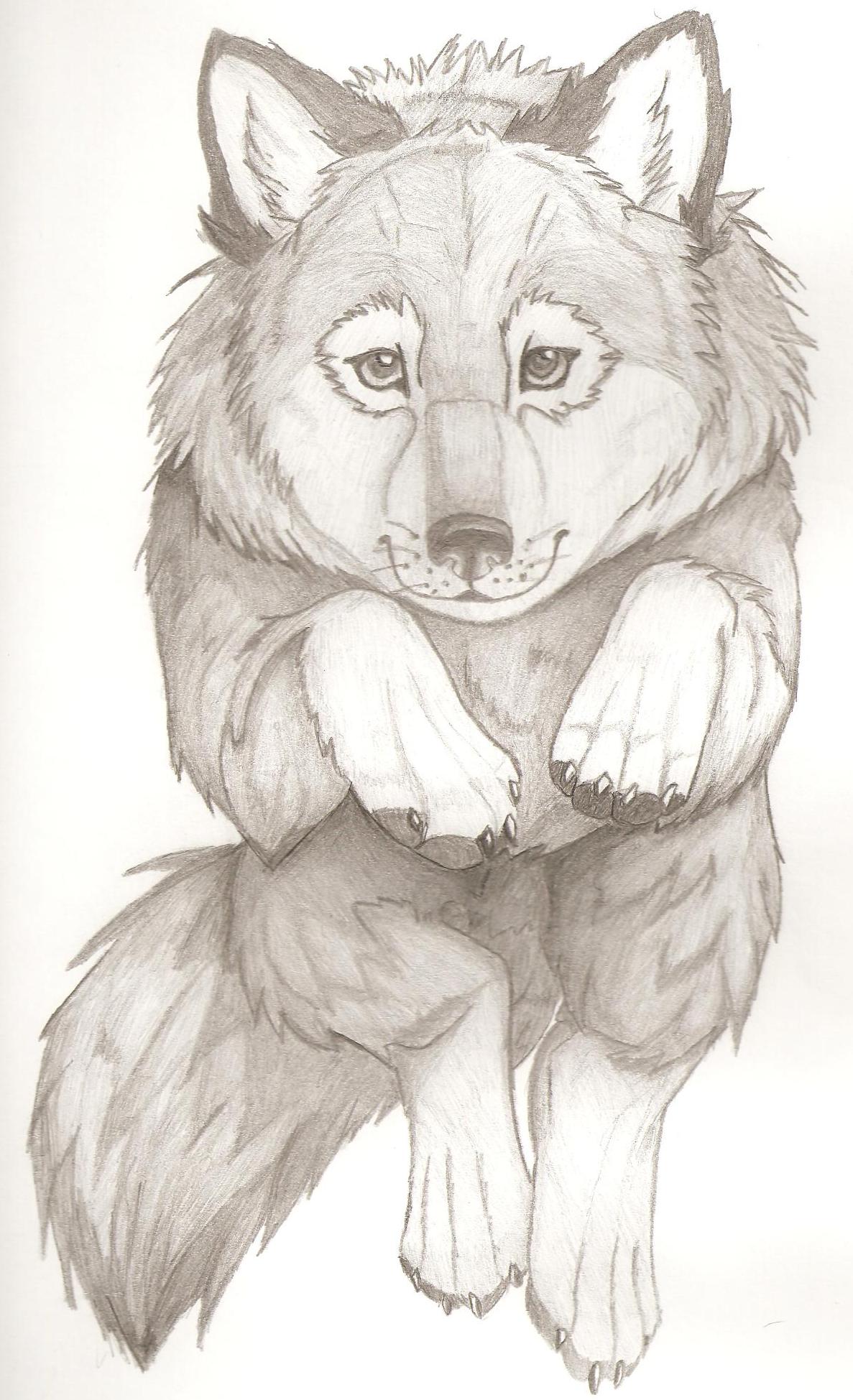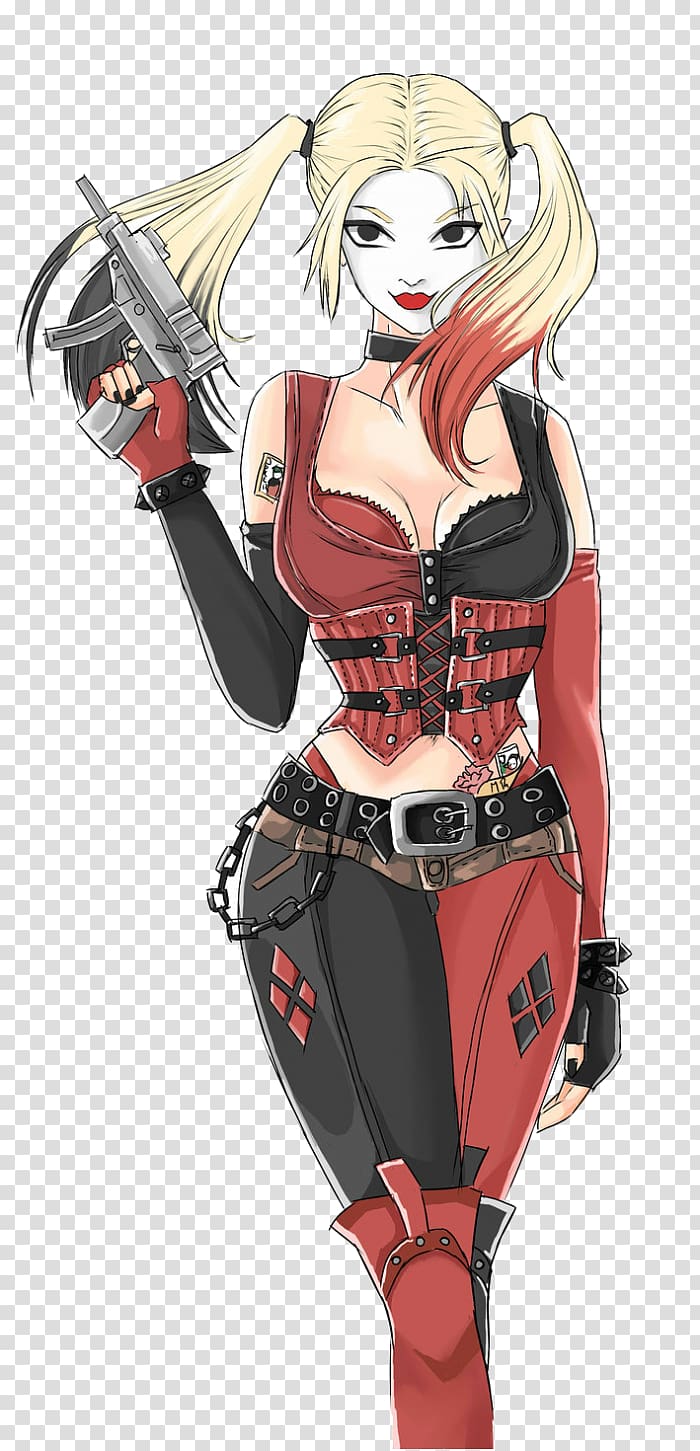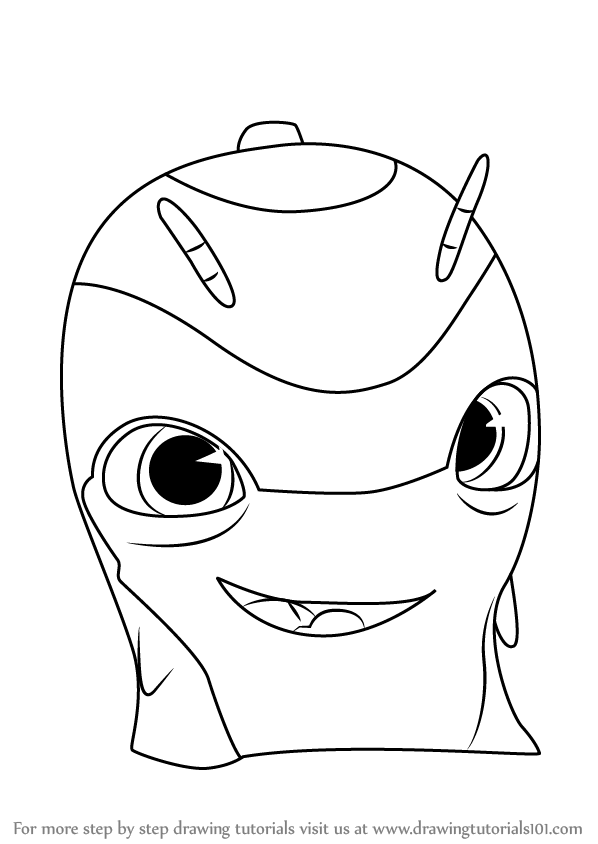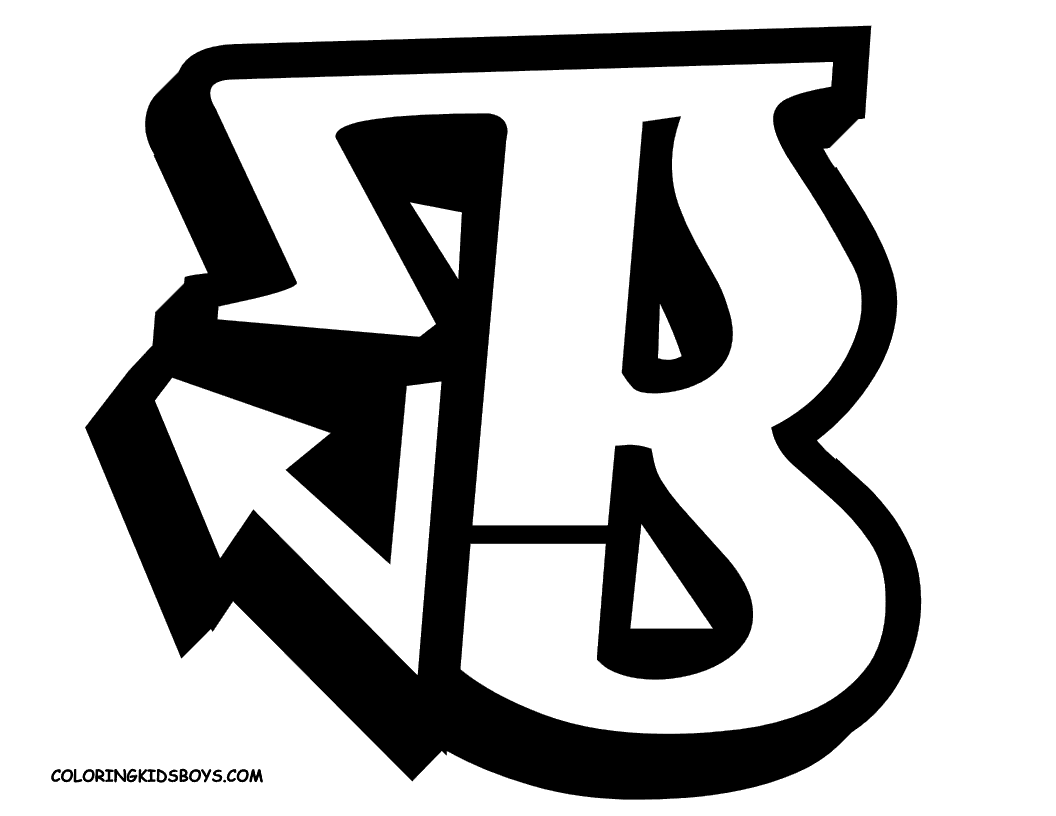Jumping wolf by morganwtb11 on deviantart
Table of Contents
Table of Contents
If you’re interested in learning how to draw a wolf jumping, you’ve come to the right place. Wolves are impressive creatures, and capturing their movement and grace in a drawing can be a challenge.
Pain Points
Some people find it difficult to draw a wolf jumping because they don’t know where to start, or they feel intimidated by the complexity of the task. Others struggle with getting the proportions right or conveying a sense of motion in their drawing.
Answer
The first step in drawing a wolf jumping is to research and gather reference images. Look at photos of wolves in motion to get an idea of their anatomy and how their bodies move. Once you have a good understanding of the wolf’s form, choose a reference image to work from and start sketching out the basic shapes and proportions.
Focus on capturing the overall shape of the wolf’s body and the placement of its limbs. Pay attention to details like the angle of the tail and the position of the ears. Once you have a solid foundation, you can start refining your drawing and adding in details like fur and shading to give it more depth and texture.
Summary
In summary, drawing a wolf jumping involves researching reference images, sketching out the basic shapes and proportions, and refining the drawing with details like fur and shading.
How to Draw a Wolf Jumping: Tips and Tricks
When I first attempted to draw a wolf jumping, I was intimidated by the complexity of the task. However, with practice and a few helpful tips and tricks, I was able to improve my skills and create more realistic and dynamic wolf drawings.
One thing I found helpful was to break the drawing down into simple shapes and focus on the overall form and proportions of the wolf. Another tip is to pay attention to the lighting and shading in your drawing, as this can help to create a sense of depth and dimensionality.
Finally, don’t be afraid to experiment with different techniques and styles to find what works best for you. Whether you prefer a realistic, detailed rendering or a more stylized, graphic approach, there’s no one “right” way to draw a wolf jumping.
Common Mistakes to Avoid
One common mistake people make when drawing a wolf jumping is to focus too much on the details and lose sight of the overall form and proportion. Another mistake is to use static, rigid lines that don’t convey a sense of motion or fluidity.
To avoid these mistakes, try to keep the big picture in mind and use loose, flowing lines to capture the movement and energy of the wolf. You can always go back and add in details later once you have a strong foundation to work from.
More Tips and Tricks
Other tips and tricks for drawing a wolf jumping include using reference images to get a better understanding of the wolf’s anatomy and movement, practicing your skills regularly to improve your technique, and experimenting with different mediums and techniques to find what works best for you.
Practice Makes Perfect
The key to mastering the art of drawing a wolf jumping is to practice regularly and not be afraid to make mistakes. With time and persistence, you can develop the skills and techniques you need to create realistic and dynamic wolf drawings that capture the beauty and majesty of these impressive creatures.
Question and Answer
Q1: What materials should I use to draw a wolf jumping?
A: You can use any drawing materials you feel comfortable with, such as pencils, charcoal, or markers. Experiment with different mediums to find what works best for you.
Q2: How do I capture the sense of motion in my drawing?
A: Focus on capturing the overall shape and posture of the wolf, using loose, flowing lines to convey a sense of movement and energy.
Q3: How do I create a sense of depth and dimensionality in my drawing?
A: Pay attention to the lighting and shading in your drawing, using a range of values to create a sense of contrast and depth.
Q4: How do I know if I’m on the right track with my drawing?
A: Take breaks and step back from your drawing regularly to assess your progress and make adjustments as needed. Don’t be afraid to ask for feedback from others, and remember that practice makes perfect.
Conclusion of How to Draw a Wolf Jumping
Drawing a wolf jumping can be an exciting and rewarding challenge for artists of all skill levels. By following these tips and tricks, avoiding common mistakes, and practicing regularly, you can develop the skills and techniques you need to create realistic and dynamic wolf drawings that capture the beauty and majesty of these impressive creatures.
Gallery
Jumping Wolf By Lordsnoopy On DeviantArt

Photo Credit by: bing.com / wolf jumping drawings deviantart 2008
Wefalling: How To Draw A Wolf Jumping
Photo Credit by: bing.com / balto
Jumping Wolf By Morganwtb11 On DeviantArt

Photo Credit by: bing.com /
Jumping Wolf 2 By Lordsnoopy On DeviantArt

Photo Credit by: bing.com /
Wefalling: How To Draw A Wolf Jumping

Photo Credit by: bing.com / draw slimber






